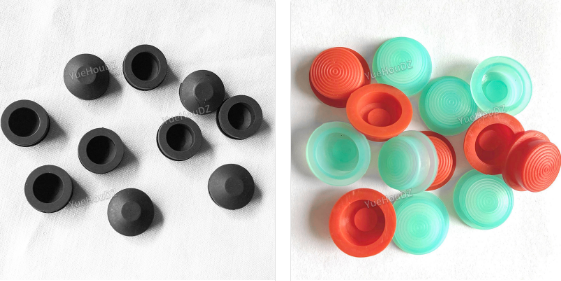The manufacturing process of silicone buttons is a sophisticated blend of design precision and materials engineering. Silicone, a highly adaptable and resilient material, is the foundation for these buttons, widely used across various electronic devices for their reliability and tactile response.
To begin, a detailed design of the silicone button is crafted. This design outlines the dimensions, resistance, and travel of the button, ensuring that the final product meets the specific requirements for its intended use. Once the design is finalized, a mold is created. This mold is a crucial component, as it shapes the silicone into the precise dimensions and design specified.
The silicone rubber material is then prepared for the molding process. This involves mixing the silicone with colorants and any other necessary additives to achieve the desired properties. The silicone mixture is then placed into the mold and subjected to compression molding, where heat and pressure are applied to cure the silicone into its final form as a button.
Following the curing process, the buttons are removed from the mold. At this stage, they are inspected for any defects and to ensure conformity with the design specifications. The next step involves making the button conductive, a key feature that enables it to interact with electronic devices. This is typically done by applying a conductive paint or by attaching a conductive pill to the bottom of the button, which will make contact with a circuit board when the button is pressed.

The customization of silicone buttons is extensive. They can be produced in a wide array of colors, shapes, and sizes, and can be enhanced with text, symbols, or icons. Techniques such as laser etching or printing are used to apply these design elements to the surface of the button, making them wear-resistant and long-lasting.
An optional step in the production process is the addition of a protective coating to the silicone button. This coating can protect against UV radiation, chemicals, and physical abrasion, ensuring the button’s longevity and durability in various environments.
Once the buttons are fully formed and tested for quality, they are often outfitted with an adhesive backing. This backing allows for easy installation onto the interfaces of devices, securing the buttons in place for user interaction.
The manufacturing process of silicone buttons is a testament to the advancements in materials science and manufacturing techniques. With a focus on durability, tactile response, and user experience, silicone buttons provide a crucial interface between users and their electronic devices. For detailed insights into the specifics of silicone button design and application, individual silicone button resources offer in-depth information.